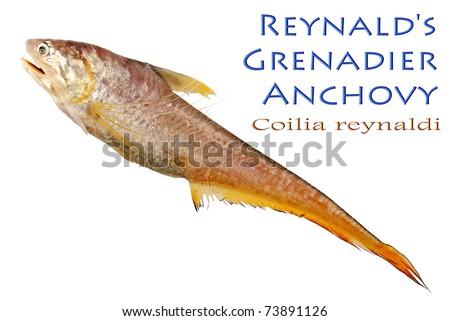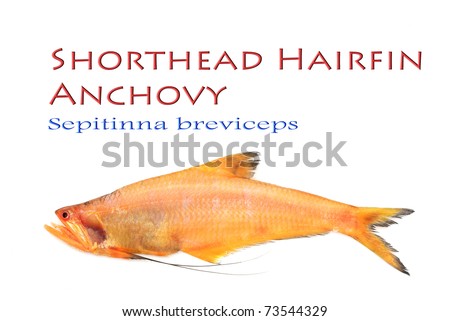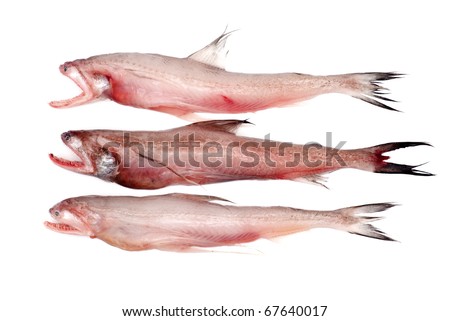Edible Fishes of Asia
According to a report that I read somewhere in a scientific journal a few years ago, there are at least 15,000 recorded species of marine fishes around the world not including the fresh and brackish water species. Out of these 15,000, there are more than 5,000 species, big and small… considered to be important sources of protein for the human community.
Every year, explorers and the scientific community are still discovering new species in deep and shallow waters. In my previous days as a seafood vendor… a few days after the Asian Tsunami Disaster of 2005, the local fishing industry in Peninsular Malaysia started hauling in species of seafood that I had never seen before in the marketplace like large jet-black groupers with prominent purple lips and crabs that wore bright, flowery crimson coats of amazing patterns and looked very different from the common flower crabs.
Perhaps some of these uncommon fishes are yet to be documented by the scientific community. Indeed, as I researched some of the fishes in the local libraries, many of the materials do not offer much information.
During that time when I came across the blue-lipped groupers, I did not own a camera and the experience was merely a fleeing experience and the haul of the day… someone’s gastronomy gain.
It had always been my ambition to photograph commercial fishes and with the purchase of a dSLR early last year, I started to learn imaging the fishes found in the marketplaces and also to build a proper image bank. It is interesting to know that many of our species are not well known outside Asia like the Bombay Duck, Reynald's Grenadier Anchovy and the Shorthead Hairfin Anchovy due to lack of awareness.
These are fishes that many of us enjoy on a regular basis. Those foreign visitors who had the chance to sample the fishes at the local restaurants, food stalls or home cooked meals may recognize these fishes and appreciate their flavors.
If one were to show an actual fish (if where physical evidence is lacking) or a picture of a Reynald’s Grenadier Anchovy to an American or European visitor, they would probably marvel at it at the unusual shapes and colors and find it very hard to digress the fact that some of our Asian anchovies are huge and different in body formation compared to the ones that are typically used in Western cuisines.
Many locals (such as myself previously) would also think that anchovies would be normally the size of the common ‘dried ikan bilis’ until someone or somehow, we discovered that something fishy is going on.
A Trio of fresh Bombay Ducks - Harpadon nehereus. Otherwise also known as the Ikan Lumek, Bummalo or bamaloh in some other cultures. A studio produced image
So I have set up this page to showcase the various species of local seafood. I found the almost translucent, pale Bombay Ducks an extremely difficult subject to photograph on a pure, white background and that took me several repeated attempts over a week before I could get it right.
I have photographed several species properly on isolated white backgrounds so far; on-going efforts will continue to be added to the fish image database. Maybe someday, I will start a new page on preparation on these fishes and also insert cooking recipes with photographs. Would that be interesting… killing two fishes with one stone?
There are not very much research materials available on Threadfin Salmons (Ikan Kurau) and it was revealing to find out that they are one of the largest families of fishes. In fact, not much is really known on their life-cycles. If I do get some of the Latin names wrong, I welcome feedback on corrections or the given local names. Anyway, one must start somewhere so enjoy the collection. Cheers.






No comments:
Post a Comment